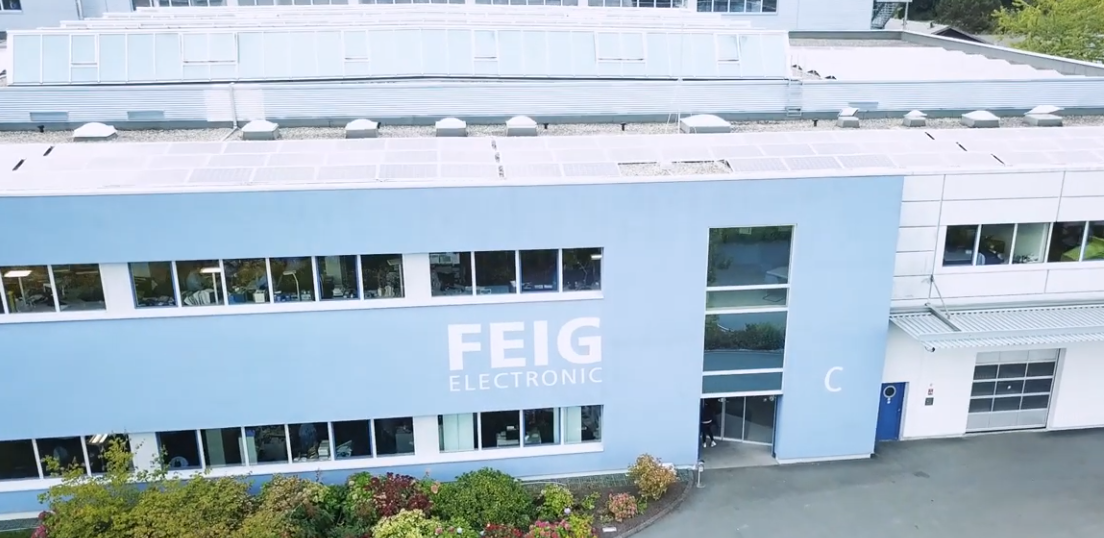
“Successful entrepreneurial behavior is based on the willingness and ability to change. This attitude – paired with a great sense of community – makes up the core of our company philosophy,” emphasizes current Managing Director Eldor Walk. This is a mission statement to live by, but the true value of these words isn’t in how they were said, but how they were carried out. Too many companies believe being proactive is important and is something that we should start to implement…tomorrow. They focus too much on putting these ideals on a pedestal instead of getting their hands dirty by implementing them. Few companies take meaningful and sincere action, but FEIG isn’t most companies.
They are committed to improving the way they build their products because it was the right move, not because they were desperate. By moving from a position of strength, they were able to make better changes, faster. FEIG was and remains a market leader in controller and sensor technology. A specialty of theirs is contactless identification and payment systems. FEIG Electronic manufacturers RFID Readers following a lean manufacturing process with a 99.99% reliability. So how did an already successful company go about making their processes better?
The first step was a thorough assessment of its production processes: throughput times, space utilization, inventories and process times – everything was put to the test. The insights from their assessment were integrated into a lighthouse project that would bring all members of the team up to speed on lean management principles.
Their first victory was combining pre-assembly and final assembly into a clocked floor production, giving them a 40 percent improvement in throughput time. These increases were then used to redesign and add facilities, allowing them to start insourcing. By focusing on insourcing, they were able to achieve almost 100 percent vertical integration. When it was all said and done, throughput time was reduced by an average of 50 percent across all work systems, and the inventories in circulation by more than 70 percent. In addition, around 30 percent was saved in space and distances. They used their savings to be able to do more with what they had, instead of cutting back. Worrying if your job was going to still exist wasn’t an issue for any employees.
This success eventually bled into a wholistic culture of improvement. Communicating effectively with entire teams, analyzing every action that takes place, and questioning how to improve it paid off. The initial skepticism wore off as the impressive results shown by the production department snowballed to other departments as well. Annual turnover almost doubled from €30 million to more than €50 million within a decade. Sales became more strategic. Sales staff had a clear system to produce and pursue leads all while spending less time on administrative tasks, and more time selling products. Managers were no longer bogged down by day to day business and could focus on more higher-level tasks. Their purchasing department was able to achieve savings of almost €2 million within 1.5 years through measures such as cross-divisional product group management.
Session expired
Please log in again. The login page will open in a new tab. After logging in you can close it and return to this page.